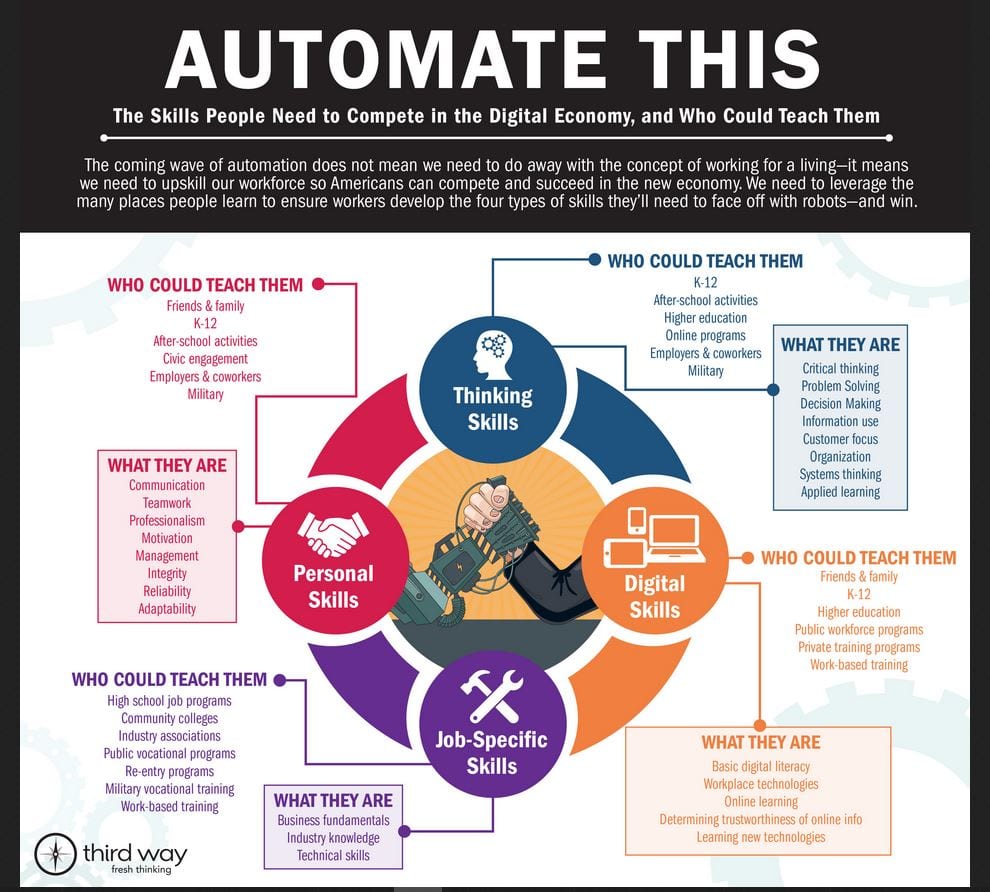Eleven Things We Heard at the NCPN
Staff from the National Convergence Technology Center (CTC) recently attended the National Career Pathways Network’s annual conference in Orlando to deliver a breakout presentation on the successful “BILT model” and the new 16-page Implementing the BILT Model of Business Engagement toolkit. You can find our “Engaging with Employers and Getting Students Workforce Ready” presentation slide deck here.
Aside from that presentation, we attended breakout sessions and keynote addresses. Below are a few of the more interesting and memorable practices and lessons we heard.
- Context is important in the classroom. If students know why they’re doing it, they’re more apt to be interested and engaged in what they are doing.
- One creative way to boost student employability skills is to send them to a trade show. Their assignment is to meet people, make connections, gather business cards, then come back to class and give a short presentation to their peers about one thing they found particularly fascinating.
- The K-16 pipeline continues to suffer leaks.One studney reports that among ninth graders entering high school in New York City, 78% graduated high school. Only 57% enrolled in college or training and just 23% graduated with college or training within six years.
- One way to consider employability skills beyond technical know-how: look over the Third Way’s “Automate This” poster that charts the skills workers will need in the digital, automated economy. Uniquely human abilities cannot be automated. Which of these skills is your program not teaching? What might you change to address any gaps?
- Businesses are not ready for the seismic generational workforce shift – millenials are demanding flexibility; they get the work done, but are resisting the traditional 9am-5pm work day structure.
- Globalization is increasing the supplt of English-speaking workers. Right now, the number one English-speaking nation is China. India is in second place.
- Small group discussions with “elbow partners” sitting at the same table can help those students who may have a hard time raising their hand in class and speaking in front of everyone.
- Use table tents in the classroom. Not only will it help the instructor, but it will also strengthen community among the students by helping ensure everyone knows each other’s names.
- Classroom activities and hands-on work is essential. If the instructor is doing all the work, then the insructor is the only one learning. Even ten minutes, break up the lecture with an activity.
- Two great resources for looking at future technology work trends and statistics: the World Economic Forum’s recent Jobs Landscape in 2022 document and McKinsey & Company’s The Future of Work in America document.
- In Minnesota, a portal has been developed to connect military transcripts with course outcomes so that veterans can easily apply for free college credits based on their prior learning and experience. In general “credit for prior learning” (CPL) gets students on track to graduate faster, which in turn boosts overall completion rates. CPL programs, studies show, are particularly effective at raising completion rates for African-American and Latin-American students.

